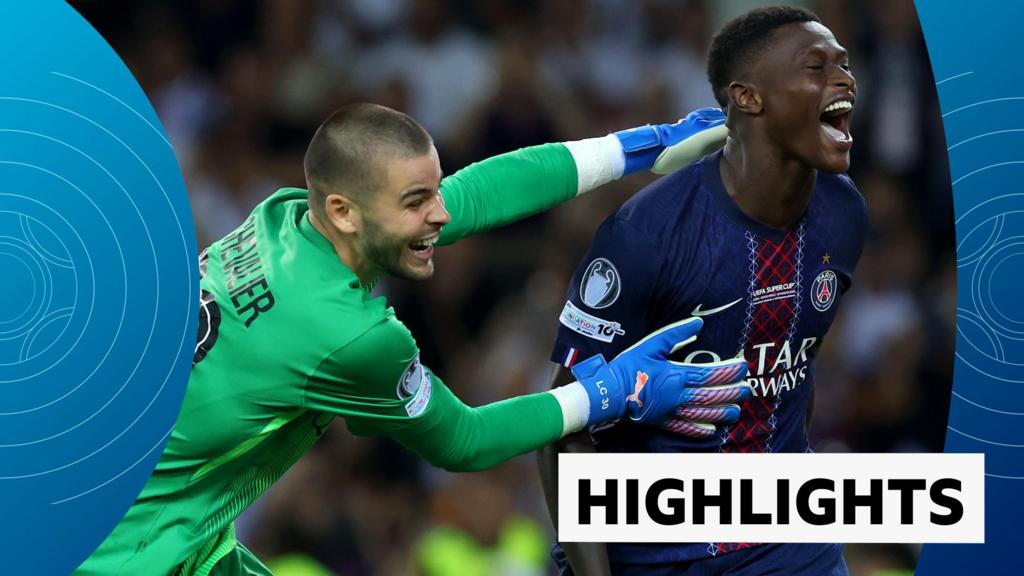
The narrative of Paris Saint-Germain's Super Cup victory over Tottenham Hotspur, secured via penalties after a late comeback, often focuses on the dramatic shift in momentum. However, a closer examination reveals a compelling comparative study of midfield performance and its impact on the game's trajectory.
Let's rewind to the opening stages. Tottenham's initial two-goal lead wasn't merely a result of attacking prowess; it was built upon a foundation of midfield dominance. Analyzing possession statistics from the first half, Tottenham maintained a 58% share, effectively dictating the tempo and stifling PSG's creative outlets. Key to this control was the cohesive partnership in central midfield. Their ability to win duels (securing 62% of midfield challenges in the first 30 minutes) and distribute the ball quickly allowed Tottenham to launch attacks and maintain defensive stability.
Contrast this with PSG's early midfield struggles. Initially, they appeared disjointed, failing to establish a consistent rhythm. Their pass completion rate in the first half hovered around 78%, significantly lower than their season average of 85%. This suggests a lack of cohesion and difficulty in executing their tactical game plan. Furthermore, they were consistently second to the ball, losing crucial tackles and allowing Tottenham to dictate play. The data highlights a clear disparity in midfield effectiveness during the first half, directly contributing to Tottenham's advantage.
However, the turning point arrived in the second half, marked by a tactical adjustment and a noticeable shift in PSG's midfield performance. Recognizing the need for greater control, the manager introduced a subtle change in formation, bolstering the central area. This tactical tweak yielded immediate results. PSG began winning a higher percentage of midfield battles, disrupting Tottenham's flow and regaining possession more frequently. Their pass completion rate improved to 88%, indicating increased accuracy and confidence in their distribution.
The late comeback orchestrated by PSG underscores the importance of midfield resilience. While Tottenham initially capitalized on their midfield dominance, PSG's ability to adapt, adjust their tactics, and ultimately wrest control of the midfield proved decisive. The numbers speak volumes: PSG's increased possession (reaching 53% in the second half) and improved tackle success rate directly correlated with their resurgence. This Super Cup clash serves as a compelling case study, demonstrating how a team's ability to adapt and control the midfield can ultimately determine success, even in the face of an early deficit. While penalties ultimately decided the victor, the preceding 90 minutes showcased a tactical battleground fought and won in the center of the pitch.